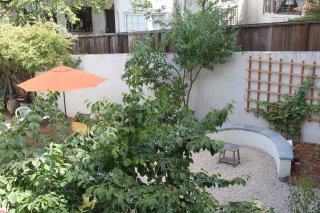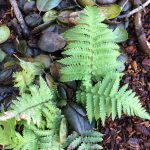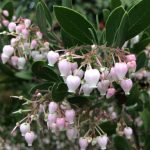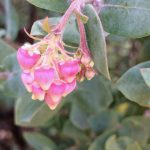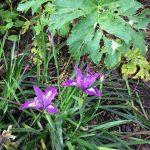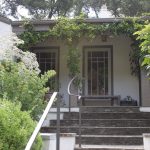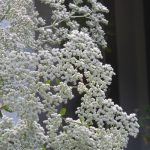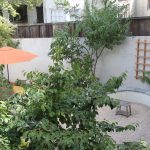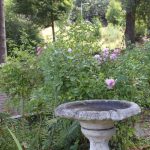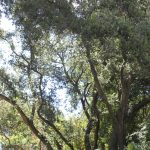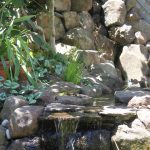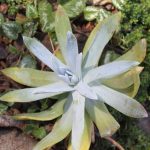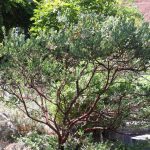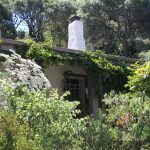Lot size: 800 sq. ft. front garden and 1,800 sq. ft back garden, 80% native
Garden Age: Back garden was installed in stages beginning in 2006; the front garden was planted in 2008
Years on the Bringing Back the Natives Garden Tour:
Showcase Feature
In 1893 a trolley line was built to carry picnickers (including Mark Twain) across Indian Gulch (named for the nearby seasonal Native American village) to the bucolic oak-bay woodland that blanketed the rolling hills of the picturesque Trestle Glen area, where the Curleys’ garden is located. The team at Four Dimensions Landscape Company removed a sea of ivy, periwinkle, and blackberry from the shady back garden, created rustic seating areas, and planted native oak woodland understory plants, such as coffeeberry, thimbleberry, snowberry, wild rose, and currants. Pete Veilleux of East Bay Wilds added additional plants. If you choose to walk the woodchip path up the hill at the back of the lot, wear sturdy shoes and watch your step.
Other Garden Attractions
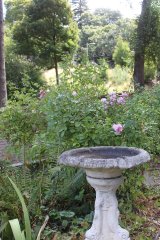
• The sunny front garden, with its stacked bluestone steps, is home to a profusion of natives that provide color much of the year. The show begins in January with the creamy-pink manzanita blossoms, which yield to magenta redbuds in spring, and continue with purple salvias and phacelias in summer, white and red buckwheats in summer and fall, and end with the orange-red fuchsia in November. Poppies come and go in all seasons.
• It’s all in the family! Visit Anne Chambers (Clytia’s stepsister) garden in Moraga.
Gardening for Wildlife
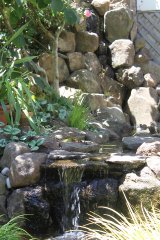
Seedheads and fruits are left for birds. Since the garden was transformed, Clytia, an entomologist, enjoys seeing insects that never visited her garden before. One recent spring a bumble bee nest was constructed in an abandoned bird nest on the front porch. Gossamer-winged butterflies lay eggs in the garden; aphids and leafminer fly larva decorate leaves with galls and mines. Bees adore the California lilac, buckwheat, phacelia, and bee plant.
Keystone species in this garden (watch this talk by Doug Tallamy!)
Keystone species—our own, local ecological powerhouse plants— in this garden include oak, vine maple, redbud, hazelnut, flowering currant, huckleberry, California rose, California lilac, manzanita, thimbleberry, sage, California aster, goldenrod, wild rose, lupine, buckwheat, and ocean spray.
Garden Talks
1:00 “Butterfly gardening with host plants” by Sal Levinson

